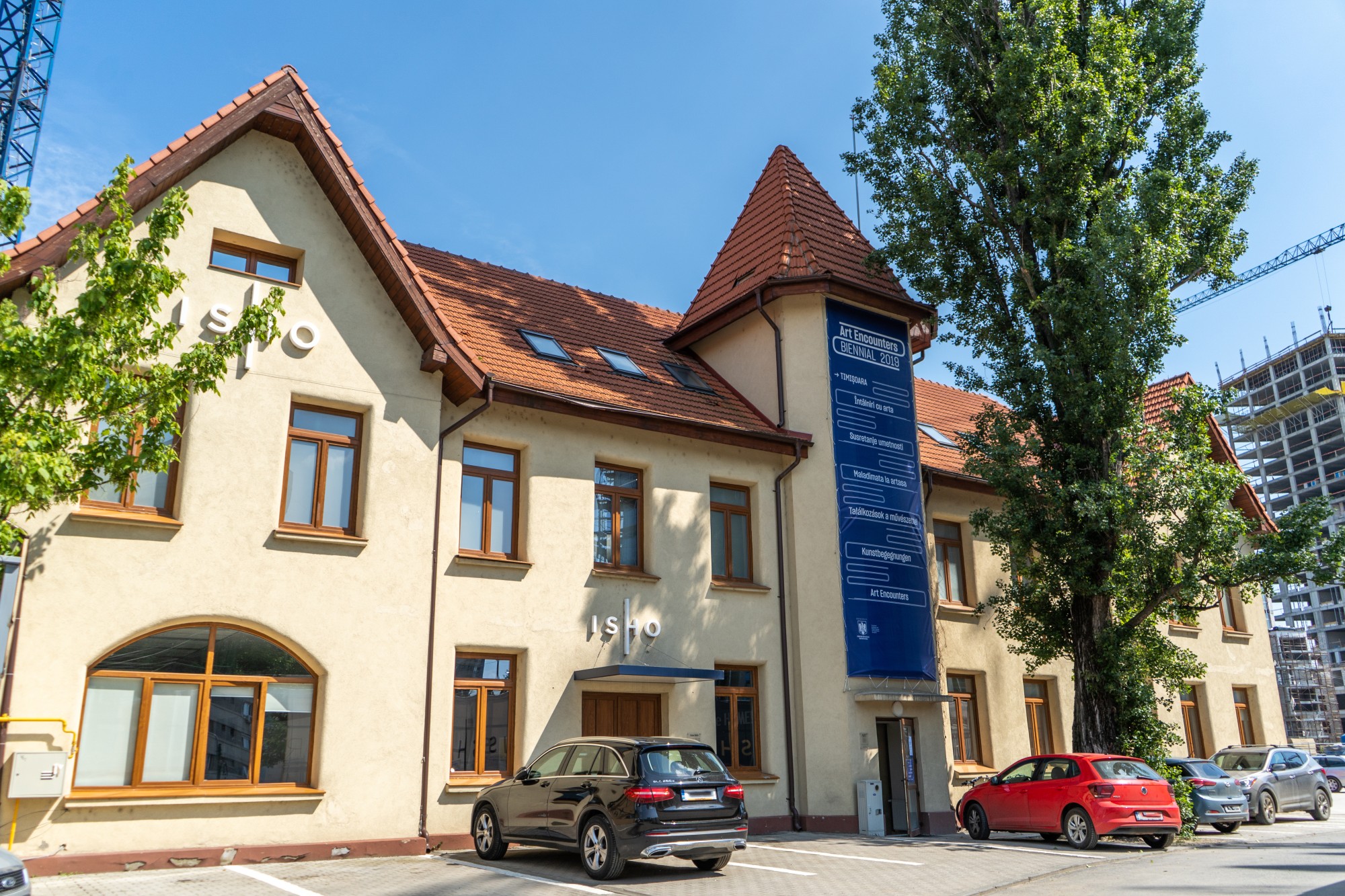Art Encounters Foundation (ISHO House)
Take Ionescu blvd. 46C, TimișoaraTue—Sun: 10:00―18:00
Pauline Boudry & Renate Lorenz | Filipa Cesar & Louis Henderson | Forensic Architecture| Ane Graff | Alma Heikkilä | Trevor Paglen | Zac Langdon-Pole | Liliana Mercioiu Popa | Walid Raad |
The Attic
In 1906, the family of a Jewish entrepreneur opens the Wool Industry Factory (which is also called in later decades “Industria Lânii, Societate pe Acţiuni”—ILSA), which will become one of the most successful enterprises in Timișoara.
The factory continues to be productive, even during the war, with continuous orders for special army textiles. In the 1920s, the factory becomes one of the largest employers of the time (with over 1,800 employees) and a series of measures are taken for the wellbeing of the workers, investmenting in a kindergarten and a nursery for their children, as well as sports facilities, including a 33 meter long swimming pool at the beginning of the 1930s.
Following its nationalization in 1948, the factory undergoes various processes of modernization—the most extensive of which was in the 1970s. Investments in their workers and community spaces pays off, and the Wool Industry ends up being renowned for its interwar football team (1934–1946) and for the polo club which provides entire generations of Romanian national champions and Olympic winners. The sports culture remains deeply ingrained in the collective memory of former ILSA club members, as evinced by the many testimonials, archive photos and even pages dedicated to the reconstruction of the club’s history.
ISHO House is actually one of the first buildings erected in the ILSA complex, constructed between 1904 and 1905. Its architecture suggests it hosted the factory’s administrative functions. In 2017, ISHO House hosted part of the Art Encounters Biennial and, thus far, continues to host a series of exhibitions, discussions with artists and other cultural events.
(text by Tur de Arhitectură)

“Corneliu Miklosi” Public Transport Museum
The Youth House
Art Encounters Foundation (ISHO House)
The Central University Library “E. Todoran”
The West University Timișoara
Helios Gallery
The „Mihai Eminescu” National Theater
The Communist Consumer Museum
Muzeul Textilelor, Băiţa
The ”Sever Bocu” Press Museum in Jimbolia
OptiLux
City Business Centre
Shopping City Timișoara
The Faculty of Arts and Design
La Două Bufniţe Bookstore
Ambasada
The Faculty of Architecture and City Planning
Basca
The North Railway Station
Botanical Park
Parcul Sudului
Pedestrian
Park of the Huniade Castle
The alley by the “Corneliu Miklosi” Public Transport Museum
Augustin Pacha Str.
Public Advertising Spaces
Timișoara 2021 Info Point
Timișoara City Hall
Billboard
Schools & coffee shops
